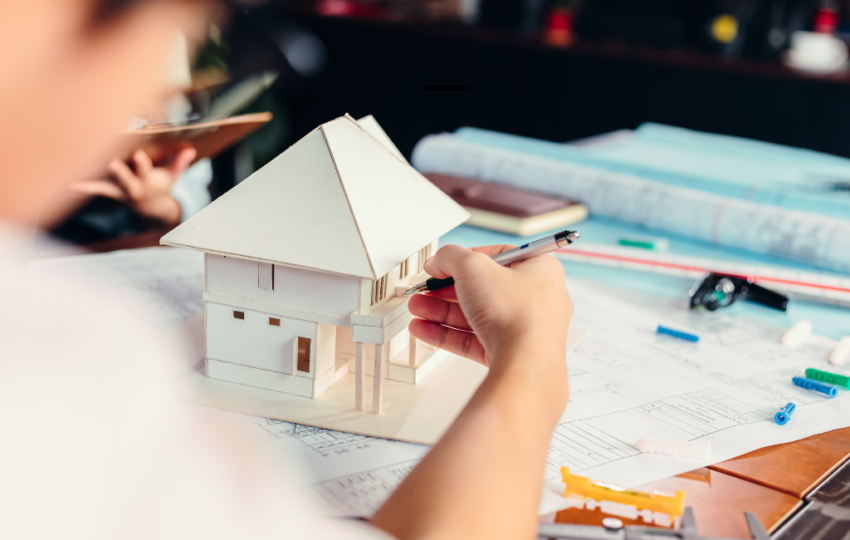Architect Visions: Tomorrow’s Landscapes
Architecture has always been a reflection of society’s values, technological advancements, and cultural shifts. As we move further into the 21st century, the field of architecture is undergoing a transformation driven by sustainability, technological innovation, and a renewed focus on human-centric design. This article explores the emerging trends and visionary concepts shaping the future of our built environments.
Sustainable Design: The Green Revolution
One of the most significant shifts in contemporary architecture is the emphasis on sustainability. Architects are increasingly integrating eco-friendly materials and energy-efficient systems into their designs. This movement is not just about reducing carbon footprints but also about creating healthier living spaces.
Green Building Materials
Innovative materials such as cross-laminated timber (CLT), recycled steel, and low-emission concrete are becoming standard in new constructions. These materials not only reduce environmental impact but also offer durability and aesthetic appeal.
- Cross-laminated timber (CLT)
- Recycled steel
- Low-emission concrete
Energy-Efficient Systems
Modern buildings are now equipped with advanced energy management systems. Solar panels, geothermal heating, and smart grids are just a few examples of how technology is being harnessed to create self-sustaining structures.
- Solar panels
- Geothermal heating
- Smart grids
Technological Innovation: The Digital Frontier
Technology is revolutionizing architecture in unprecedented ways. From 3D printing to virtual reality, these advancements are enabling architects to push the boundaries of what is possible.
3D Printing
3D printing is transforming the construction industry by allowing for the rapid prototyping of complex structures. This technology not only speeds up the construction process but also reduces waste and costs.
Virtual Reality (VR) and Augmented Reality (AR)
VR and AR are becoming indispensable tools in architectural design. These technologies allow architects and clients to visualize and interact with a building before it is constructed, facilitating better design decisions and client satisfaction.
Human-Centric Design: Putting People First
Modern architecture is increasingly focused on creating spaces that enhance the well-being of their occupants. This approach prioritizes natural light, open spaces, and biophilic design elements that connect people with nature.
Natural Light and Open Spaces
Designs that maximize natural light and incorporate open spaces are becoming more prevalent. These elements not only improve the aesthetic quality of a building but also contribute to the mental and physical well-being of its occupants.
Biophilic Design
Biophilic design integrates natural elements into the built environment. This can include anything from indoor gardens to water features, all aimed at creating a more harmonious and health-promoting space.
Case Studies: Pioneering Projects
Several projects around the world exemplify these emerging trends in architecture. These case studies highlight how innovative design can create sustainable, technologically advanced, and human-centric spaces.
The Edge, Amsterdam
The Edge in Amsterdam is often cited as one of the most sustainable office buildings in the world. It features a range of eco-friendly technologies, including solar panels, rainwater harvesting systems, and energy-efficient lighting.
Vancouver House, Canada
Vancouver House is a striking example of how architecture can blend sustainability with cutting-edge design. The building’s unique twisted form not only makes it a visual landmark but also optimizes natural light and ventilation.
Marina One, Singapore
Marina One in Singapore is a prime example of biophilic design. The complex features lush greenery, water features, and open spaces that create a tranquil urban oasis.
Statistics: The Impact of Modern Architecture
Recent statistics underscore the growing importance of sustainable and innovative design in architecture. According to the World Green Building Council, green buildings can reduce energy consumption by up to 30% and water usage by 50%. Additionally, a report by McKinsey & Company highlights that digital technologies could reduce construction costs by up to 20%.
- Green buildings: 30% reduction in energy consumption
- Green buildings: 50% reduction in water usage
- Digital technologies: 20% reduction in construction costs
Conclusion
The future of architecture is being shaped by a commitment to sustainability, technological innovation, and human-centric design. As these trends continue to evolve, they promise to create built environments that are not only functional and aesthetically pleasing but also beneficial for both people and the planet. By embracing these visionary concepts, architects are paving the way for a more sustainable and harmonious future.
